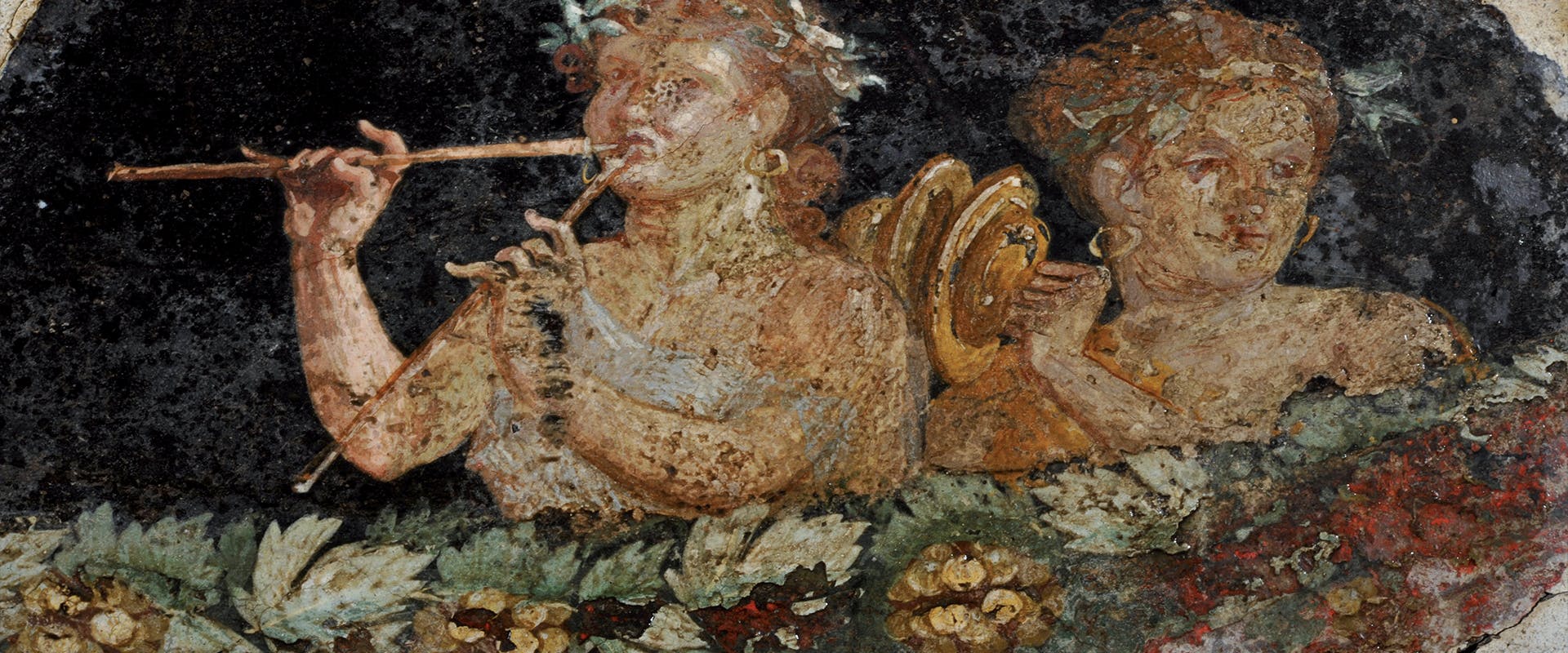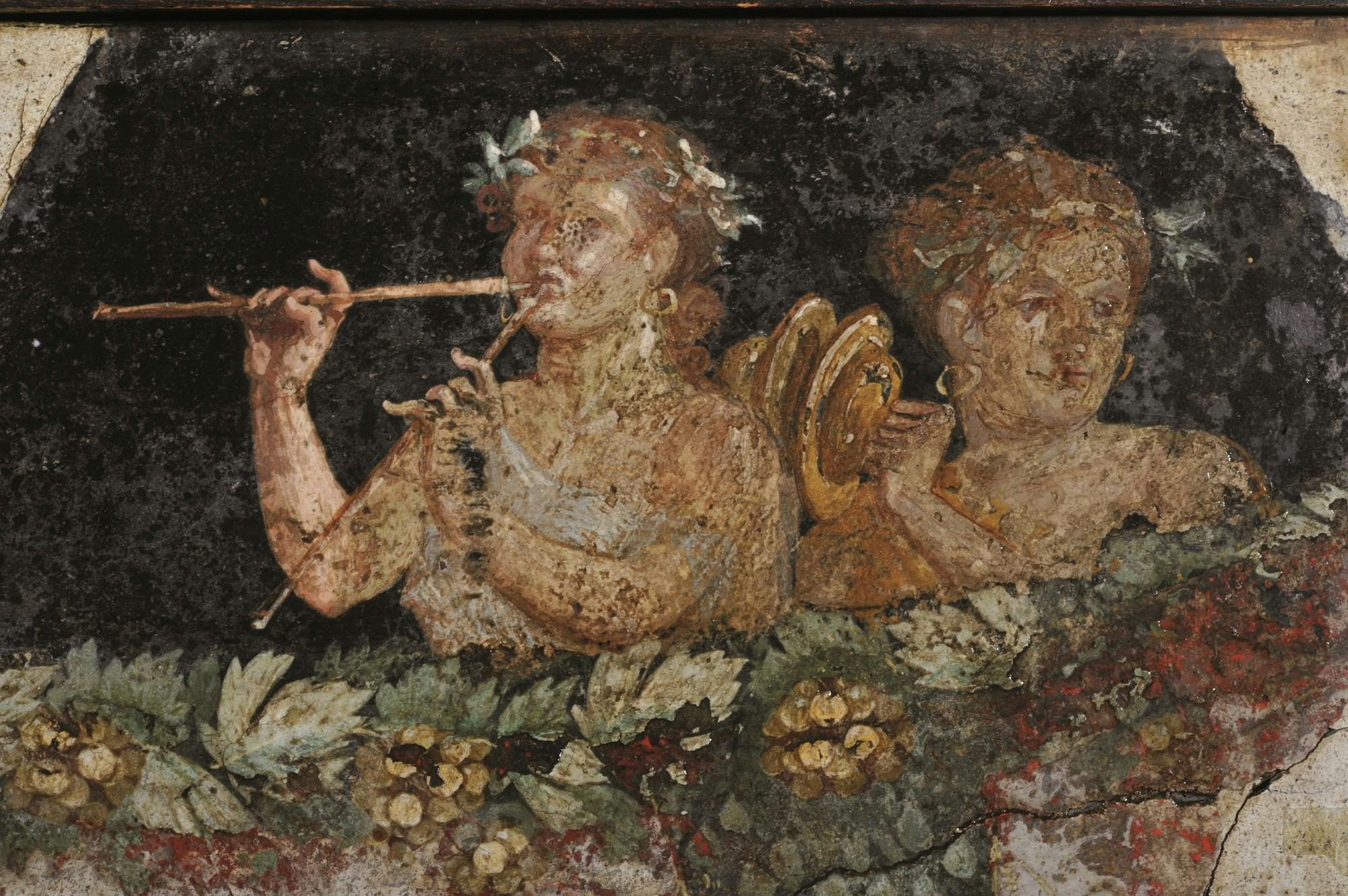Vinum Nostrum. Art, science and myths of wine in ancient Mediterranean civilisations
Two thousand years of history told through wine
Wine and the grapevine are the protagonists of the exhibition. Original showpieces, sculptures, frescoes and mosaics, accompanied by multimedia and video installations recounts the millenarian history of the grapevine and of wine, and the important influence they exerted on the culture of the ancients.
The exhibition follows a chronological development, and it illustrates the origin of wine-growing in ancient Near Eastern, its full affirmation along with its related symbolic, religious and cultural significance in the Hellenic world, up to its production and large-scale diffusion practised by the Romans. It is also the occasion to present the particular case of the vineyards of Pompeii. Another section is devoted to the extraordinary contribution of the Phoenicians and the Etruscans, who played an essential role in spreading the cultivation of the vitis vinifera throughout the Mediterranean. The exhibition aims to invite visitors to reflect on the evolution of cultivation techniques.
Precious sculptures and painted vases illustrates the birth and spreading of the cult of Dionysus, capable according to tradition of continuously changing form and substance. Moreover, elegant table-services clarifies how the consumption of wine represented one of the most important moments of conviviality among patricians. A cella vinaria where wine was stored, is reconstructed based on precious finds uncovered at Pompeii and on the precise descriptions contained in Latin literature, enables the visitor to delve into the reality of the past.
The exhibition itinerary aims not only at scientifically documenting the entire cycle of wine, from harvest to consumption, but also at stimulating taste, smell and sight, the senses that have a close relationship with wine which emerge at different historical and social levels.

